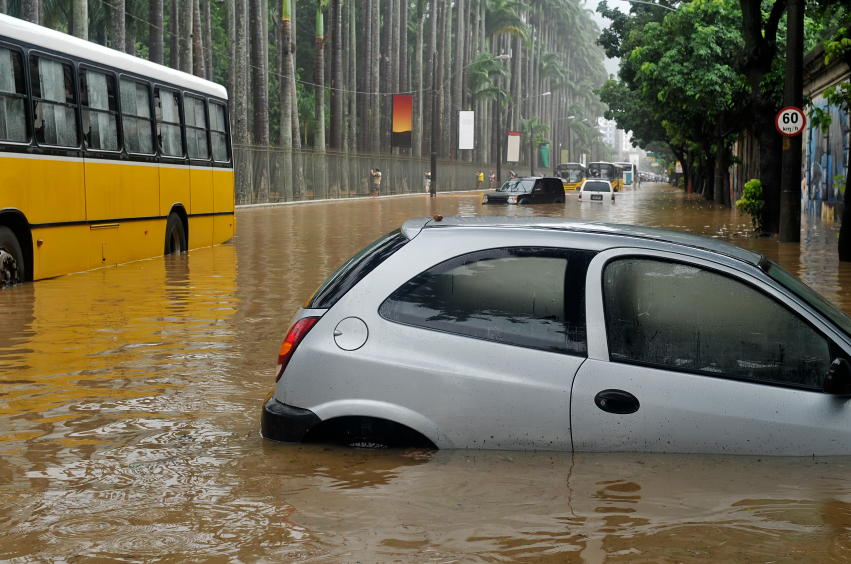
In the first report by the Science Daily, scientists observed how thunderstorms directly above two of the world's busiest shipping lanes were more powerful than storms in areas of the ocean where ships do not travel.
The study, published in Geophysical Research Letters, found that lightning occurred nearly twice as often directly above heavily-trafficked shipping lanes in the Indian Ocean and the South China Sea than they do in other areas of the ocean with similar climates.
This study is the first to prove ship exhaust can affect thunderstorm intensity and that humans are changing cloud formation, which affects rainfall patterns and alters climate, on a nearly continual basis.
The researchers suggested that aerosol particles emitted in ship exhaust are changing how storm clouds form over the ocean and that particles from ship exhaust made cloud droplets smaller, which lifted them higher in the atmosphere. This created more ice particles which led to more lightning.
“It's one of the clearest example of how humans are actually changing the intensity of storm processes on Earth through the emission of particulates from combustion,” said Joel Thornton, lead author and an atmospheric scientist at the University of Washington.
Katrina Virts, co-author and atmospheric scientist at NASA Marshall Space Flight Center in Huntsville, Alabama, noticed a nearly straight line of lightning strokes across the Indian Ocean when she analyzed data from the World Wide Lightning Location Network, a network of sensors that locates lightning strokes all over the globe.
“All we had to do was make a map of where the lightning was enhanced and a map of where the ships are traveling and it was pretty obvious just from the co-location of both of those that the ships were somehow involved in enhancing lightning,” Thornton said.
He said that ships burn dirtier fuels in the open ocean away from port, spewing more aerosols, and creating even more lightning. Aerosols act as cloud condensation nuclei, the seeds on which clouds form.
In another Science Daily report, researchers found that the East Coast of the United States may experience more frequent flooding in the future.
The findings, published in Scientific Reports, showed that the states of Virginia, North Carolina, and South Carolina are most at risk.
The researchers from the Universities of Bonn, South Florida, and Rhode Island evaluated data from the East Coast of America, including global positioning system and satellite measurements. Results showed that large parts of the coastal region are slowly yet steadily sinking into the Atlantic Ocean.
According to Makan A. Karegar from the University of South Florida, there are two primary reasons for this phenomenon.
Karegar explained that during the last ice age, around 20,000 years ago, large parts of Canada were covered by an ice sheet. This tremendous mass passed down on the continent. When the ice sheet melted, the process was reversed and the East Coast has been sinking back down for the last few thousand years, which explains the submerging of some parts of the coastal regions. (Related: Global warming computer models collapse; Arctic ice sheets rapidly expand as planet plunges into global cooling.)
“When groundwater is removed, the land mass can be compressed more greatly. It partially collapses into itself and thus sinks even more,” he explained.
The researchers calculated that East Coast cities lie at least 45 centimeters lower today than 300 years ago because of the glacier effect. They also assumed that the significant use of groundwater caused it.
“Even if the removal of groundwater is reduced, the number of floods will thus continue to increase,” Karegar predicted.
Read more news at ClimateScienceNews.com.
Sources include:
Please contact us for more information.























